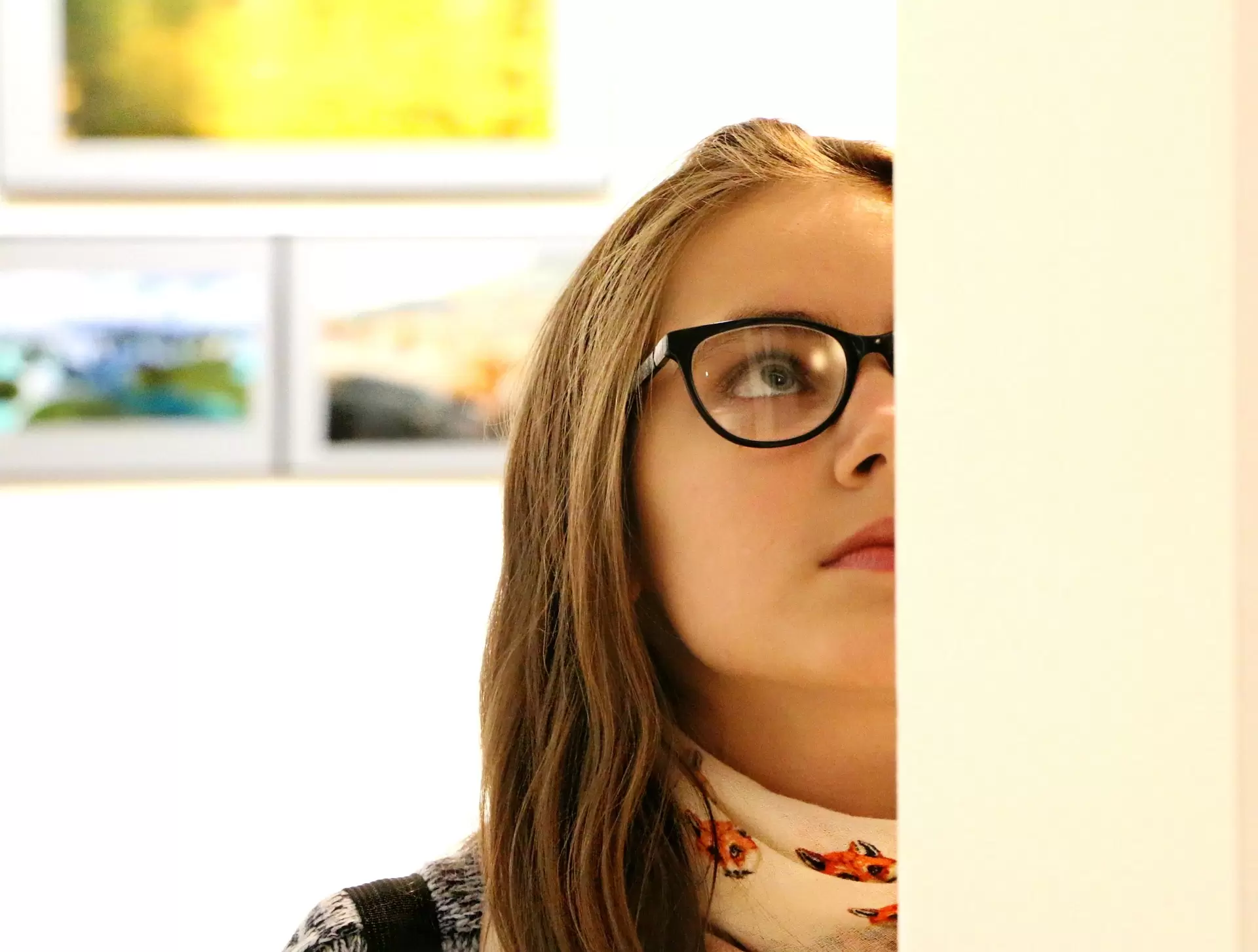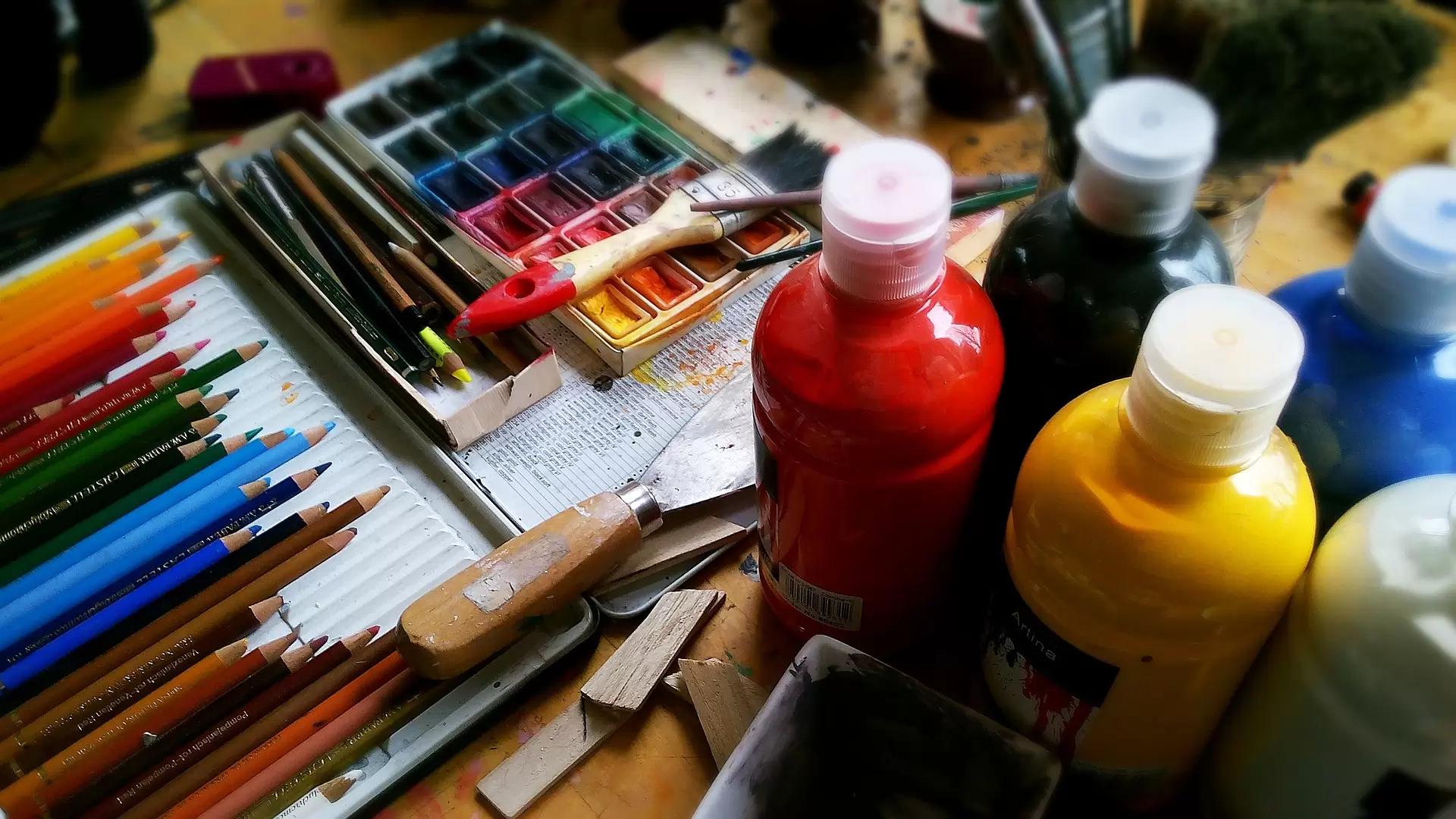Etiquette Guide: Money & Buying Art
Money, money money. Art, art, and art… Mutually inclusive and tricky to navigate, we’re helping you wade through the murky waters of art transactions


The art market can be an opaque beast, but still it is a world we love and cherish, and are eager, in some way or another to be part of. Whether you are an artist, collector, or simply someone that wants something other than commercial reproductions on your wall, here are our best tips to buy or price your art!
How to price your work as an artist
- Take a look at similar artists who are in approximately the same place in their career to gauge their prices for similar works to your own. Connecting with artist friends and colleagues can be a worthwhile exercise to navigate this together. Artist-forward fairs are also great places to take a look at artists’ booths and better understand some price ranges for similar works of size and materials.
- Be mindful of the time/labour that goes into each work so that you’re not underselling your work. At the start of your career, there will be more modest prices, but these should be re-examined at your career milestones like solo exhibitions with a larger gallery, art fair inclusion, public art commissions, and international shows, for example. The US Department of Labor lists the average hourly wage for a fine artist as $24.58–this may be useful to help you estimate total costs
- Be mindful of your gallery, if represented. Most galleries will add 40%-60% of what they pay an artist to determine their retail price. Generally speaking, they will not want you to be selling similar paintings at a lesser price from your studio. This means increasing your studio pricing to match the two prices, or forgoing studio sales completely if that’s your agreement with the gallery.
- According to Art Ink Print, a Canadian print company focussed on assisting emerging artists, artists should take into account the cost to produce the print (time, materials, tools), double the cost and add a 10-20% margin to come up with a reasonable price for your work. This is a rough estimate and also allows room to increase your pricing. Working with prints also gives an affordable access point for collectors to build your collector base and exposure of your work which can lead to future sales for larger works.
- Artists Network, a global online community of artists and creatives, recommends using a formula based on square inches to help determine prices: “Multiply the painting’s width by its length to arrive at the total size, in square inches. Then multiply that number by a set dollar amount that’s appropriate for your reputation. …Then calculate your cost of canvas and framing, and then double that number.” Some emerging artists use between $5-10 per square inch for this equation.
Don’ts:
Don’t get too emotional about your work and inflate your prices based on a personal connection to the work. Although your practice is of course personal, pricing your work needs to be based on the physical attributes and not personal/ sentimental value. If a work is particularly hard to let go of, keep it in your collection until you are prepared to part with the work.

How to approach artists to buy their work
- Do some research on the background of the artist, how you connect to it to engage with the artist, and the styles you are drawn to. It could be an emotional tie to the use of colour, a draw to the artist’s technique, or perhaps a connection to the artist’s back story.
- Track some of their exhibitions to get familiar with where they’ve shown, gallery representation if any, and/or upcoming projects to get more familiar with their trajectory–Instagram is a great place for this!
- Ask questions about pricing to get a better idea of their pricing structure and the process that goes into their work.
- Show enthusiasm and talk about other pieces that you are drawn to, there may be opportunity for a commissioned work for a unique piece.
- Studio visits: only open this conversation if you’re serious about buying. The artist is taking time to show you the intimate workings of their process, it’s poor form to visit a studio and not be ready to buy.
- If you are interested in paying a little less than what an artist is asking, have a good reason. Be honest about a work being out of budget and the artist may be willing to work with you on price or work out a payment plan with you. This is only in circumstances where there is a marginal difference in your budget and the asking price. If your price point is leagues apart from the asking price, be respectful of the artist’s time and work and don’t waste their time with an offensive negotiation.
Don’ts:
- Never play one artist against another or talk about other work you’re thinking about buying; don’t bargain for the sake of bargaining; don’t disparage their work or condescend the artist in an attempt to get a lower price; it’s rude, not a sign of a serious collector.
- Bear in mind that if an artist has gallery representation, the price is the price and you will put the artist in an uncomfortable position asking them to jeopardize their relationship with their gallery by asking for a discount.

Toronto Outdoor Art Fair
How to ask for pricing in galleries and at fairs
- If there’s a price list available, take a look at the list provided to get an idea of up to date price ranges.
- Ask about additional charges that will impact the total price of the work. This includes framing (sometimes the gallery can cover this, but oftentimes it is an additional expense that needs to be considered), shipping, import taxes, and any other wrapping and handling fees that may be associated with receiving the work after the initial purchase price. This is particularly important for international fairs and galleries of interest. It’s a time waster to haggle over logistic costs after the fact and will only leave a sour taste in the gallerist’s mouth that won’t earn you points for any future business.
- Inquire about payment plans and be prepared to stick to these deadlines when payments are due.
Don’ts:
Do not expect deep discounts (or discounts at all!) for a first time purchase. Galleries are interested in establishing long-running relationships with collectors and over time can offer discounts up to 15%, but as a new collector, one has to earn their stripes, so to speak.
The more you inquire and ask questions, the easier art transactions will be. For both artists and collectors, this reality of the art market can feel daunting at the beginning, but with our tips, you can become more comfortable in your journey!

Check out more resources below for additional information on pricing and buying art:
- Paige West, “The Art of Buying Art: An Insider’s Guide to Collecting Contemporary Art.”
- Mary Rozell, “The Art Collector’s Handbook: The Definitive Guide to Acquiring and Owning Art.”
- Lisa Hunter, “The Intrepid Art Collector. The Beginner’s Guide to Finding, Buying, and Appreciating Art on a Budget.”
- Alan Bamberger, “The Art of Buying Art: How to Evaluate and Buy Art like a Professional Collector.”
- Erling Kagge “A Poor Collector’s Guide to Buying Great Art”
- Ethan Wagner & Thea Westreich Wagner “Collecting Art for Love, Money and More”





